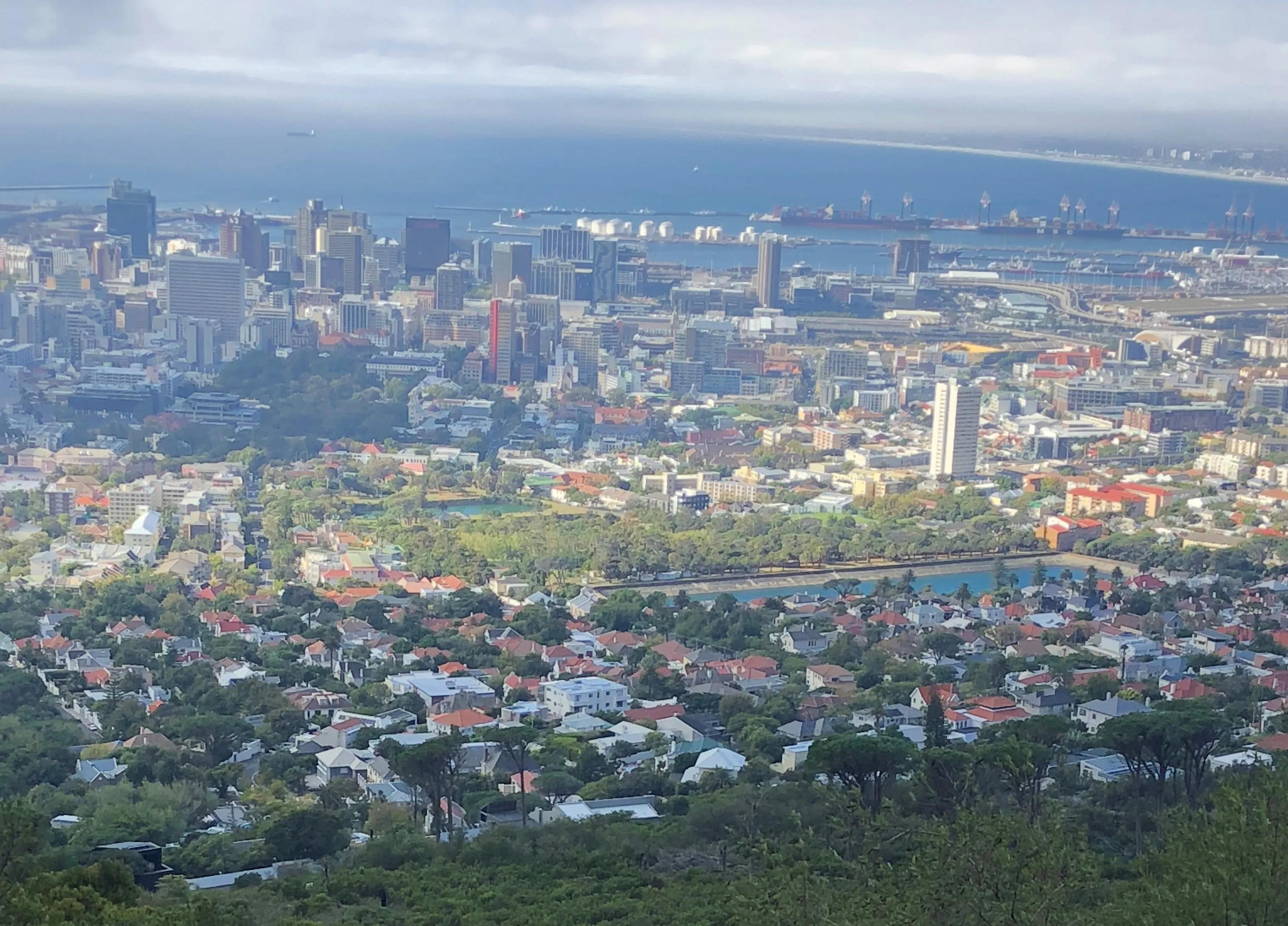A budget of US$1.16 billion has been set for the rehabilitation of the Tamanrasset road network in Algeria. The project will focus initially on the town’s six major roads, which link the town centre to Tahaggart, Tafsit to the province's new head office, the hospital to Assihar junction, Tahagart to Mouflon, Malta to the town centre and Tahaggart to Adrian. Problems have been identified on the road leading towards the border area of In Guezzam. The cause of the problems have been traced to the use of an asp
December 16, 2014
Read time: 1 min
A budget of US$1.16 billion has been set for the rehabilitation of the Tamanrasset road network in Algeria. The project will focus initially on the town’s six major roads, which link the town centre to Tahaggart, Tafsit to the province's new head office, the hospital to Assihar junction, Tahagart to Mouflon, Malta to the town centre and Tahaggart to Adrian. Problems have been identified on the road leading towards the border area of In Guezzam. The cause of the problems have been traced to the use of an asphalt grade not suited to local climactic conditions.








